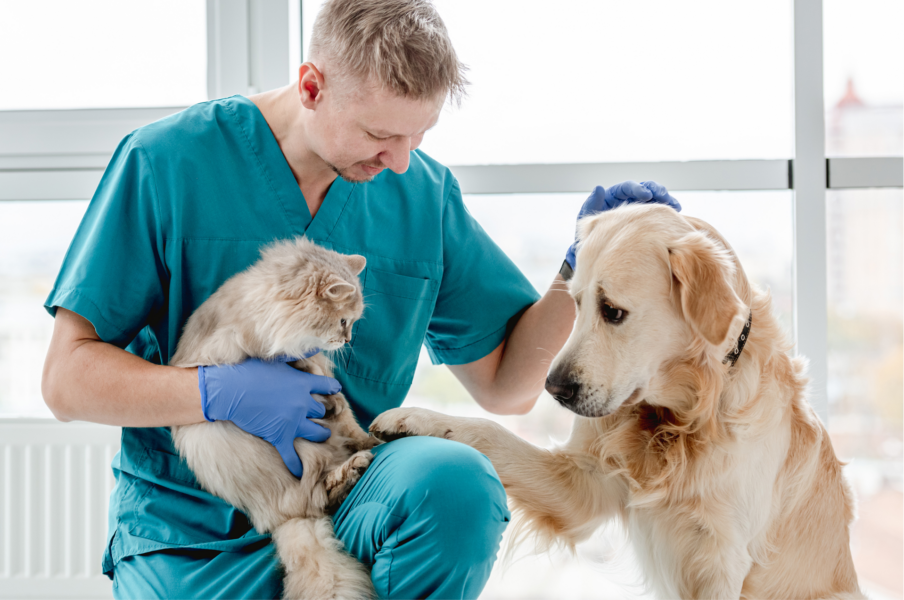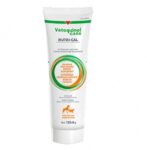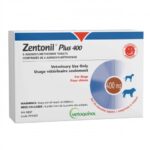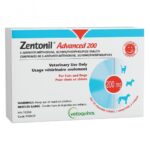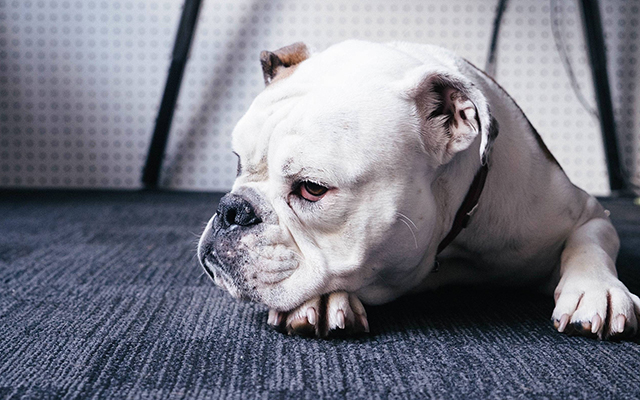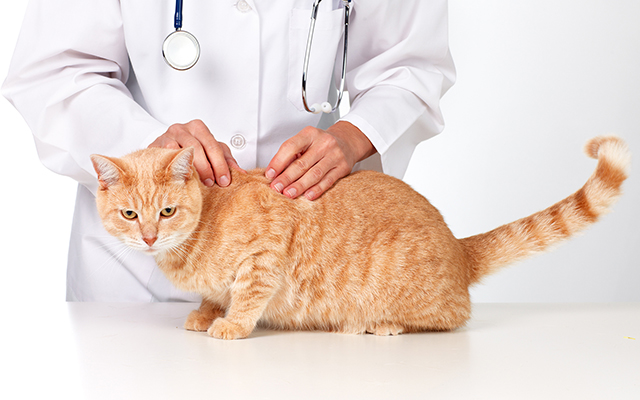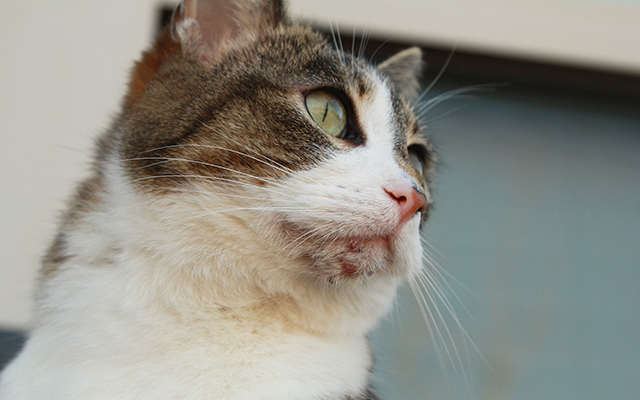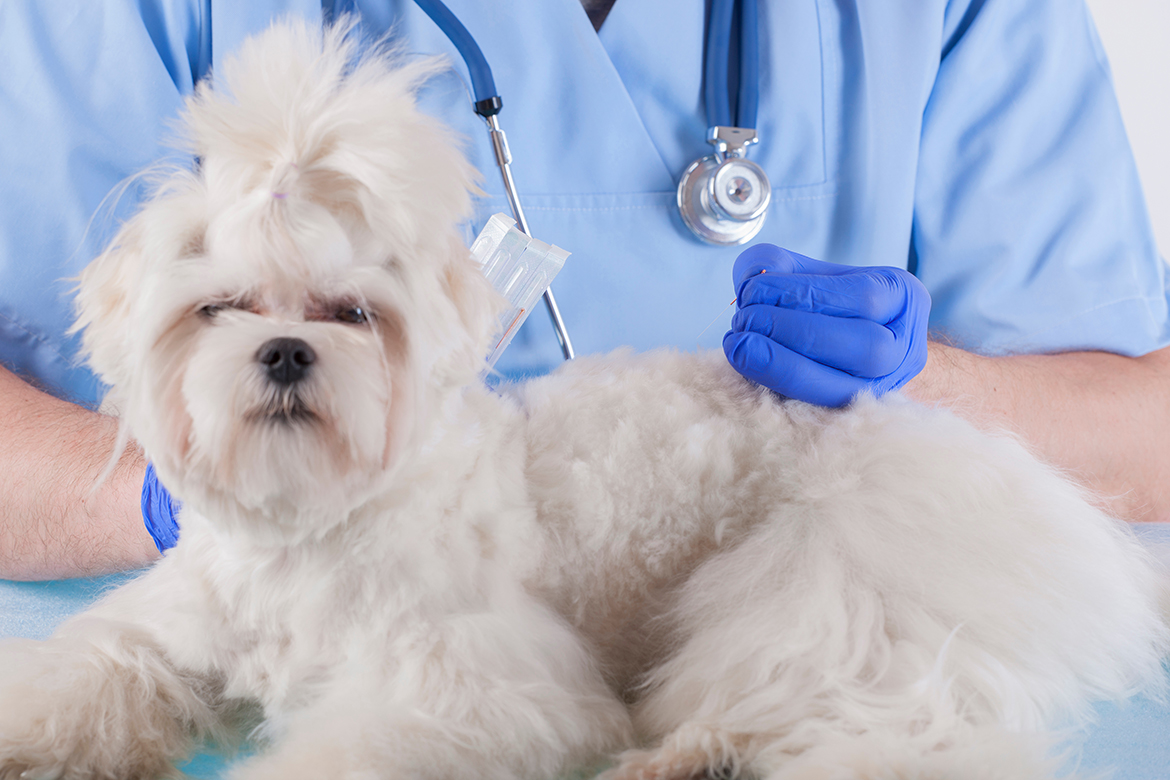Over 80% of dogs and cats two years and older suffer from periodontal disease[1]. Without adequate treatment, it may make your pet more prone to infection, feel chronic pain, and even experience difficulty eating. Here are five easy ways to help stop—or even reverse—this condition.
Brush your pet’s teeth daily.
Brushing your cat’s or your dog’s teeth is the most effective way to remove plaque in order to prevent gingivitis and periodontal disease. Making oral care a daily routine is ideal, but providing at least three brushings per week can be sufficient for good results[1].
Most cats and dogs can be gradually trained to tolerate brushing. Start by putting your finger in their mouth to get them used to the motion, then eventually use a bristled pet toothbrush and pet toothpaste. Never use human toothpaste on a cat or a dog, as it contains ingredients that are toxic to them. Pet-centric flavours such as poultry, beef and seafood will also likely help your companion to be more cooperative.
Switch to specially formulated oral care pet food.
If time is an issue, dry pet food specially formulated for dental care provides an effective alternative. As your pet chews their food, abrasive particles scrape the plaque off their teeth. Each individual kibble is also usually larger in size, forcing your pet to chew longer.
Give your pet dental treats or a chew toy designed to promote dental health.
While not as effective as daily brushing, certain treats and chew toys can support dental health, such as products accepted by the Veterinary Oral Health Council (VOHC). Chewing on a suitable material helps loosen calculus. However, avoid giving your pet hard plastic toys or animal bones, which may cause lesions on their gums or damage their teeth. Also, look for dental treats containing vitamin C and zinc sulfide, which provide increased oral bacteria control[2].
Schedule regular dental exams at your veterinary clinic.
As part of your pet’s annual visit, their veterinarian will conduct a thorough dental exam to look for redness or swelling of the gums, calculus buildup, missing teeth and bite abnormalities. Such appointments provide an opportunity to diagnose dental disease, fractured teeth or other problems early, to prevent complications and in many cases, to repair the damage.
Have your pet’s teeth professionally cleaned.
Your veterinarian will let you know if a professional cleaning is recommended based on the findings of the dental exam as well as your pet’s size, age, breed, and the effectiveness of dental care received at home. Such a procedure requires your pet to be put under anesthesia so they remain still. This allows the veterinary team to examine and thoroughly clean the teeth below the gumline and to take dental x-rays, which are needed to fully evaluate the teeth and jaws. After the calculus is removed, the teeth are polished to create a smooth surface which helps prevent further plaque buildup.
[2] Jeusette, I.C., Roman, A.M., Torre, C., Crusafont, JH., Sanchez, M.C., Pérez-Salcedo, L.M, & Herrera, D. (2016). 24-hour evaluation of dental plaque bacteria and halitosis after consumption of a single placebo or dental treat by dogs. American Journal of Veterinary Research, 77(6), 613-619.

